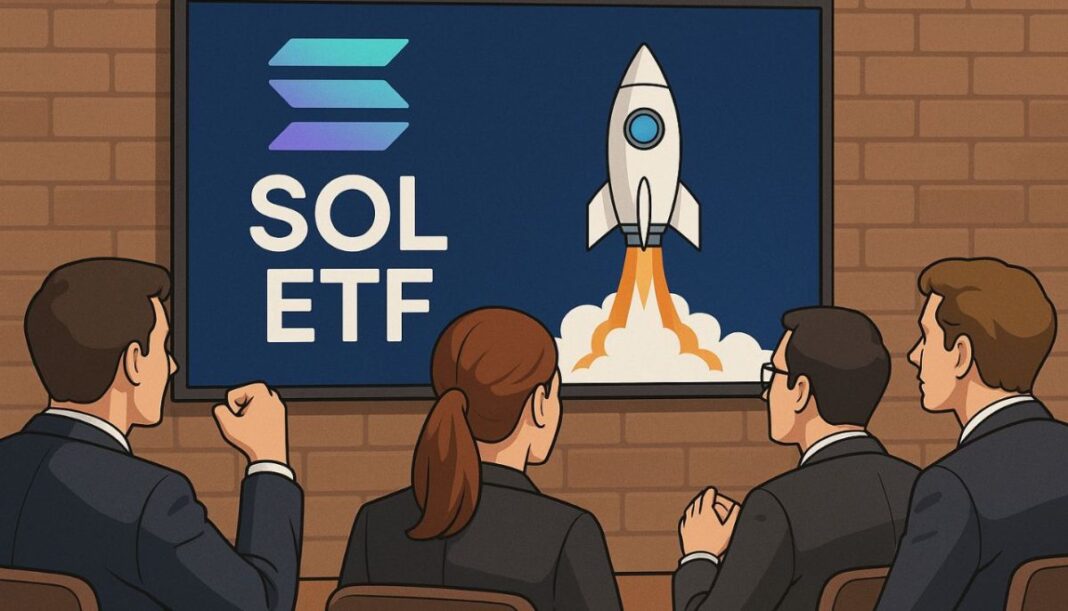The minerals deal signed between the United States and Ukraine on Wednesday could bring untold money into a joint investment fund between the two countries that would help rebuild Ukraine whenever the war with Russia ends.
But Ukraine’s untapped resources that are the subject of the deal will take years to extract and yield profits. And those could fail to deliver the kind of wealth that President Trump has long said they would.
It is not yet clear how the nine-page deal, the text of which Ukraine’s government made public on Thursday, will work in practice. Many specifics need to be worked out, but the deal will set up an investment fund, jointly managed by Kyiv and Washington. Although the Trump administration had wanted Kyiv to use its mineral wealth to repay past U.S. military assistance, the final text removes the idea of treating that aid as debt. The deal also seemed to specifically keep the door open for Ukraine to eventually join the European Union, a move that neither the United States nor Russia has opposed.
But there was no mention of a security guarantee — which Ukraine had long sought to prevent Russia from regrouping after any cease-fire.
Still, the much-anticipated signing of the agreement has almost certainly accomplished one thing that seemed almost impossible two months ago: It has tied Mr. Trump to the future of Ukraine.
“This agreement signals clearly to Russia that the Trump administration is committed to a peace process centered on a free, sovereign and prosperous Ukraine over the long term,” Treasury Secretary Scott Bessent said in announcing the agreement Wednesday.
Analysts agreed on Thursday that the deal could guarantee Mr. Trump’s interest in Ukraine now that he is publicly invested.
“He’s a businessman — he always does the math,” said Volodymyr Fesenko, a leading political analyst in Kyiv. “His business mind-set shapes his approach to politics. So his motivation in the agreement could help maintain U.S. interest in Ukraine. How this will work out in practice, only time will tell.”
Ukraine’s parliament still has to ratify the agreement, which will probably happen in the next two weeks, parliament members said on Thursday morning.
In the end, it appears that Ukraine managed to get some of what it wanted, but not everything. The notable omission was the absence of a security guarantee.
The investment fund will be financed with revenues from new projects in critical minerals, oil and gas — and not from projects that are already operating.
The signing of the deal on Mr. Trump’s 100th day in office was just the latest twist in his ever-shifting approach to the war, which Russia started with its full-scale invasion of Ukraine in February 2022.
Mr. Trump has falsely blamed Kyiv for instigating the war and seemed to find more of a kinship with President Vladimir V. Putin of Russia than with anyone in Ukraine. He has repeatedly questioned why the United States became Kyiv’s biggest ally under former President Joseph R. Biden Jr. And he has made no secret of his irritation with President Volodymyr Zelensky of Ukraine and Kyiv’s requests for more military assistance.
The nadir of the relationship between Ukraine and the United States came on Feb. 28, when Mr. Zelensky and Mr. Trump were initially expected to sign a profit-sharing minerals deal in the Oval Office. The meeting was a disaster. Mr. Trump and Vice President JD Vance publicly castigated Mr. Zelensky, who was abruptly asked to leave the White House. The deal went unsigned. In the fallout, the Trump administration temporarily suspended military aid and intelligence sharing with Ukraine.
But Mr. Trump has also repeatedly said he wanted to end the war, even campaigning on the promise he would do so in 24 hours. Mr. Trump has since said he was not being literal.
As the Trump administration has pressured both Russia and Ukraine to agree to a peace deal — or at the least, a 30-day cease-fire — Ukraine has tried to look like the reasonable party. Mr. Zelensky, who has worked to smooth relations with the Trump administration after the Oval Office debacle, immediately agreed to the idea of an unconditional 30-day truce; Mr. Putin did not.
Still, for Ukraine, the minerals deal offered an opportunity for some leverage, even as critics described it as extortion.
The Ukrainian government had initially highlighted the country’s mineral holdings to the Trump administration, hoping to draw some investment and help solidify the relationship between the two countries.
Ukrainian officials say the country holds deposits of more than 20 critical minerals; one consulting firm valued them as being worth several trillion dollars. But the minerals may not be easy to extract, and the Soviet-era maps identifying the locations of the critical deposits have never been modernized nor necessarily thoroughly vetted.
Kyiv had desperately wanted the deal to include some kind of security guarantee from the United States. Without one, officials feared, Russia could violate any cease-fire — which Moscow has done before.
Mr. Trump, though, has said having a joint investment fund with the United States would be a security guarantee in its own right — that if U.S. companies and the U.S. government were invested in Ukraine’s future, that alone will deter Russia.
In many ways, despite all the back-and-forth, the deal signed on Wednesday with little fanfare resembled the one that fell apart in February.
Reaction to the deal was mixed in Ukraine on Thursday.
Vira Zhdan, 36, who lives in the southern Ukrainian city of Zaporizhzhia, which frequently comes under Russian attack, said the deal could unfairly siphon off money from Ukrainian resources to U.S. investors.
“These are snares that tighten around us and drag our country into a deeper and deeper pit,” she said. “We live here and now, but it will be our descendants who have to deal with the consequences. This will undoubtedly leave a significant mark on them.”
But Svitlana Mahmudova-Bardadyn, 46, who lives in the Sumy region near the border with Russia, said she hoped the deal meant Ukraine would receive more U.S. support — like weapons. She also said she hoped “that this full-scale war will finally end, that things will get better for us.”
That all remained to be seen on Thursday, with the text of the agreement vague and Ukrainian officials staying mum on any promises that might have been made.
Instead, the language of the deal referred to “an expression of a broader, long-term strategic alignment” between the two countries, “a tangible demonstration of the United States of America’s support” for Ukraine’s security and reconstruction.
And it also made it clear who would not stand to gain.
The agreement says the United States and Ukraine want to ensure that countries “that have acted adversely to Ukraine in the conflict do not benefit from the reconstruction of Ukraine” once peace is reached — in other words, Russia.
Oleksandra Mykolyshyn contributed reporting.


